Ed Lange saw us clearly
On the 30th anniversary of his death, we revisit the life and lens of the photographer who helped define American nudism
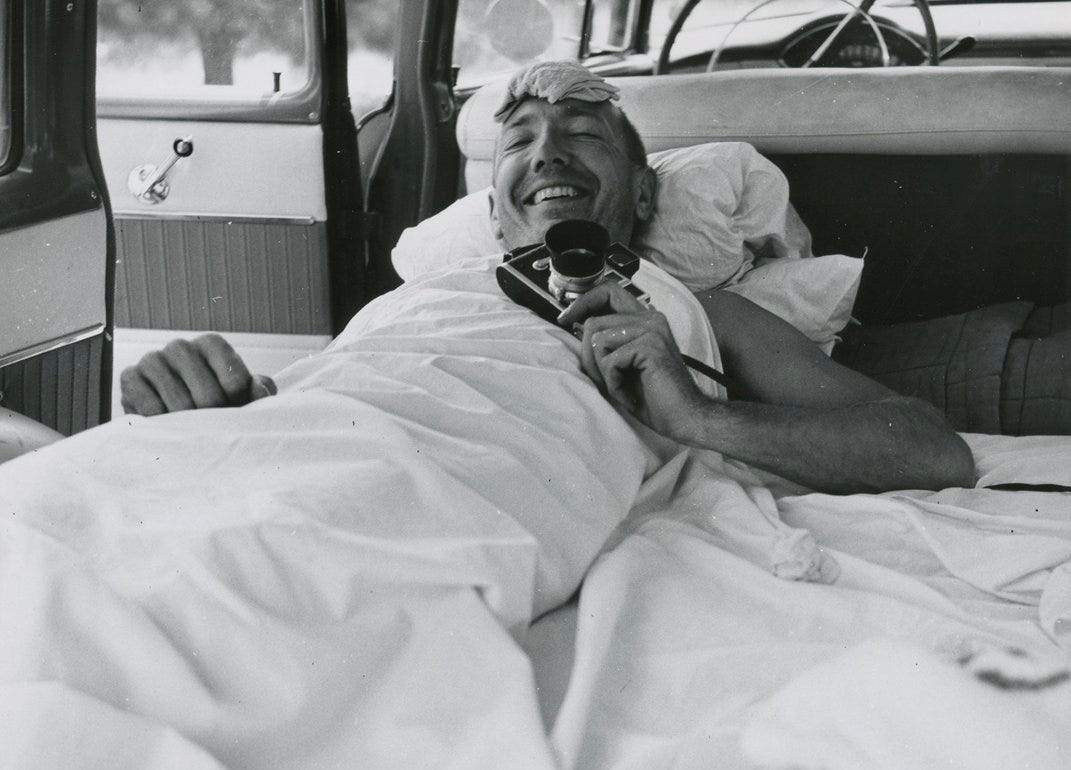
May 7th, 2025 marks thirty years since the death of Ed Lange, the Los Angeles photographer whose work helped shape American naturism in the 20th century. Before Elysium Fields, before the books and magazines, Lange was already building a movement—one that refused to equate nudity with shame and saw the camera as a tool of liberation, not judgment. This is a brief look back at his life and work, told alongside a selection of the images that still speak for him.
Lange began his career in the lights and glamour of postwar fashion photography. He worked for Vogue, Harper’s Bazaar, and Life magazines; shot film stars for Paramount and Condé Nast in Los Angeles, photographing celebrities such as Elizabeth Taylor and Richard Burton; and made a name for himself in a world that prized beauty as illusion. He was also an accomplished architectural photographer, “whose work is installed in the permanent collection of the Museum of Modern Art in New York.”1
Diving into nudism
But by the early 1950s, Lange had begun turning his lens elsewhere. Drawn to the philosophy of nudism, he grew increasingly active in the movement—not just as a photographer, but as an organizer and advocate. He and his wife, June, founded the Sundial Club during this time, “a social group for nudists that met in the Langes’ Hollywood apartment”.2 It was an early attempt to create a welcoming space for body acceptance and shared naturist values.
As his reputation grew, he began contributing to and collaborating with other prominent naturist figures, photographers, and editors, helping shape the visual and philosophical landscape of the US nudist movement. He wrote for and contributed photography to every major American nudist magazine of the era, namely titles like Sunshine & Health and Modern Sunbathing & Hygiene.
As his involvement deepened, Lange also began fighting for the right to publish and distribute images of non-sexual nudity. As the Los Angeles Times noted, he “fought numerous legal battles, including one that led to a 1956 U.S. Supreme Court decision granting second-class mailing privileges to nudist publications.”3
This legal victory was instrumental in legitimizing and expanding the distribution of naturist literature across the United States. It was a landmark change that helped destigmatize nudist literature and allowed for wider distribution. He also persuaded Eastman Kodak to change its policy of refusing to return prints of nude photographs sent in for developing.4
Nudism’s voice
In June of 1958, Ed Lange co-sponsored, along with author/publisher Stan Stohler and American Sunbathing Association (ASA) president Sol Stern, what is believed to be the first organized nude beach campout at Davenport Landing, north of Santa Cruz, California—an early experiment in nude access to public land. The event, known as XB-58 for “Experimental Beach 1958”, was, thanks to Lange, well photographed and documented, and described widely in nudist magazines as a precedent-setting beach. Indeed, it predated the later free beach movement of the 1970s and 80s by nearly two decades.
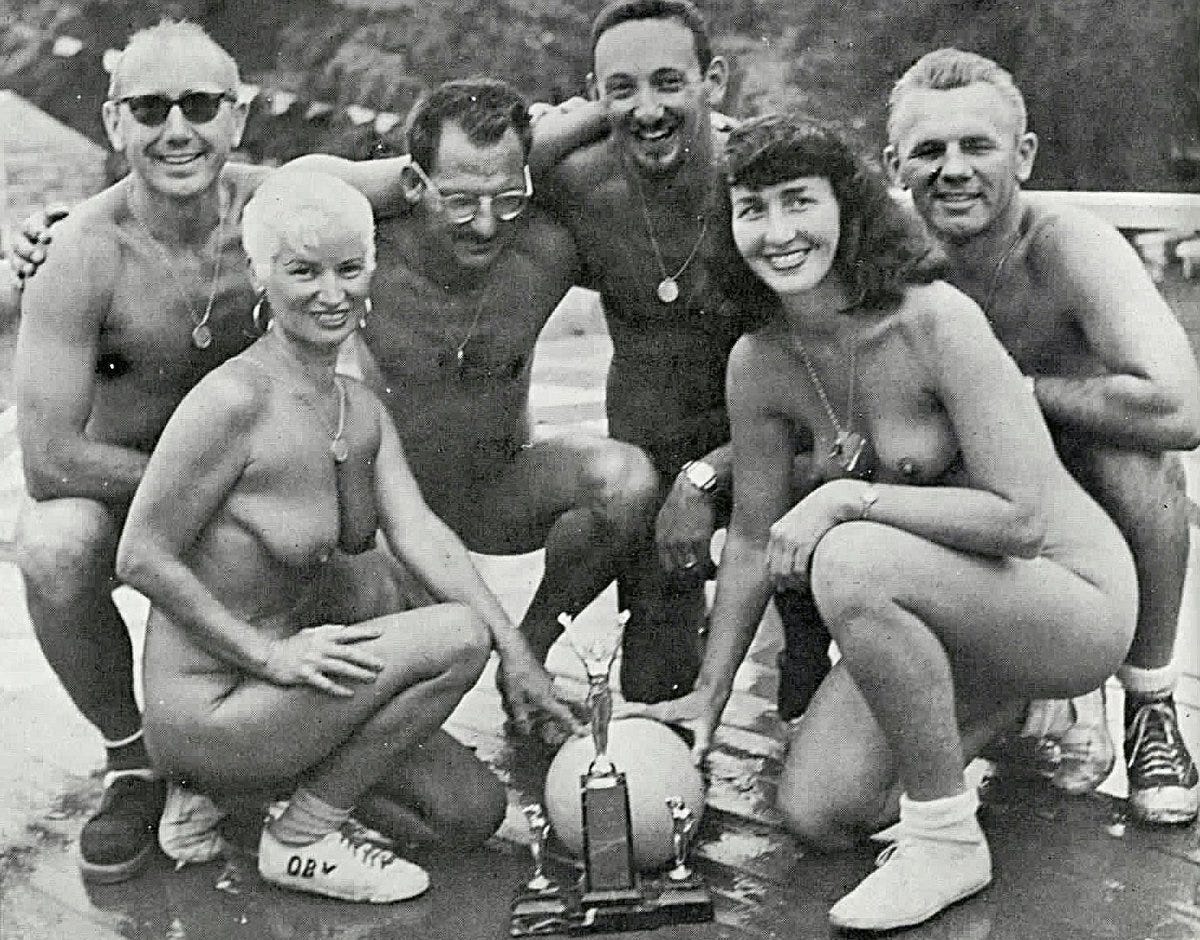
In the 1960s, Lange formalized his advocacy through publishing. He founded Elysium Growth Press, a naturist publishing house focused on books, magazines, and photo essays that celebrated real people—nude and unashamed. His photographs appeared in titles like Family Naturism in America and The Shameless Nude, as well as in naturist magazines and educational materials across the country. Elysium also produced films, which it sold through its magazines.

Among the magazine titles Lange produced and edited under Elysium Growth Press were Sundial and Nudism Today, the latter a bimonthly magazine that served as the official journal of the ASA. The publication combined thoughtful essays, cultural commentary, and Lange’s signature photography to promote nudism as a natural and socially beneficial way of life. With contributions from figures like Keith and Iris Bancroft, Stan Sohler, and June Lange, the magazine challenged common misconceptions and emphasized that the human body was not something to be hidden or feared.
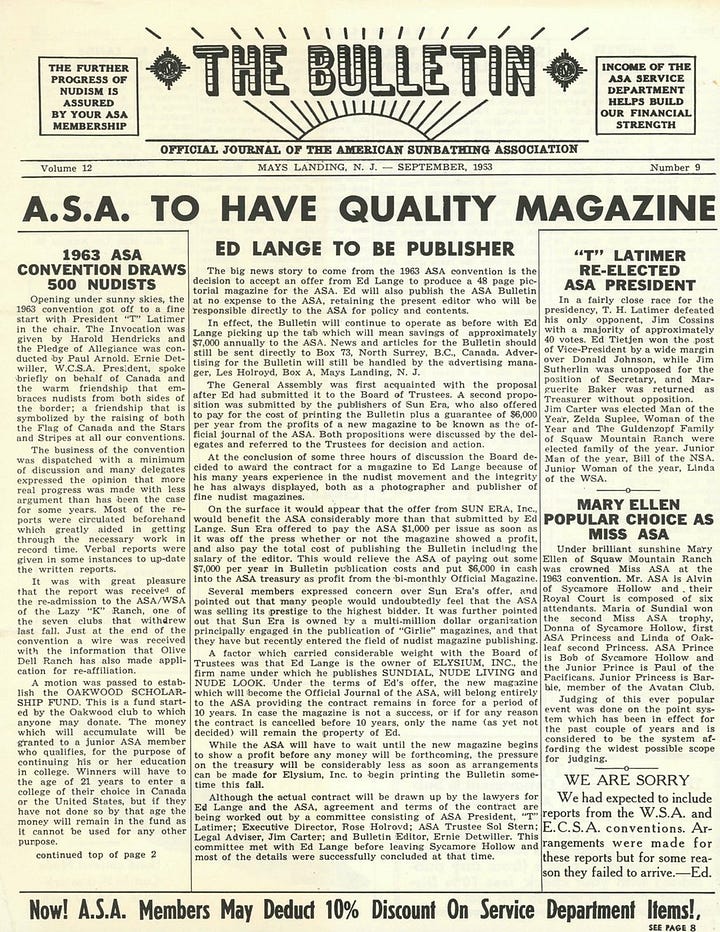
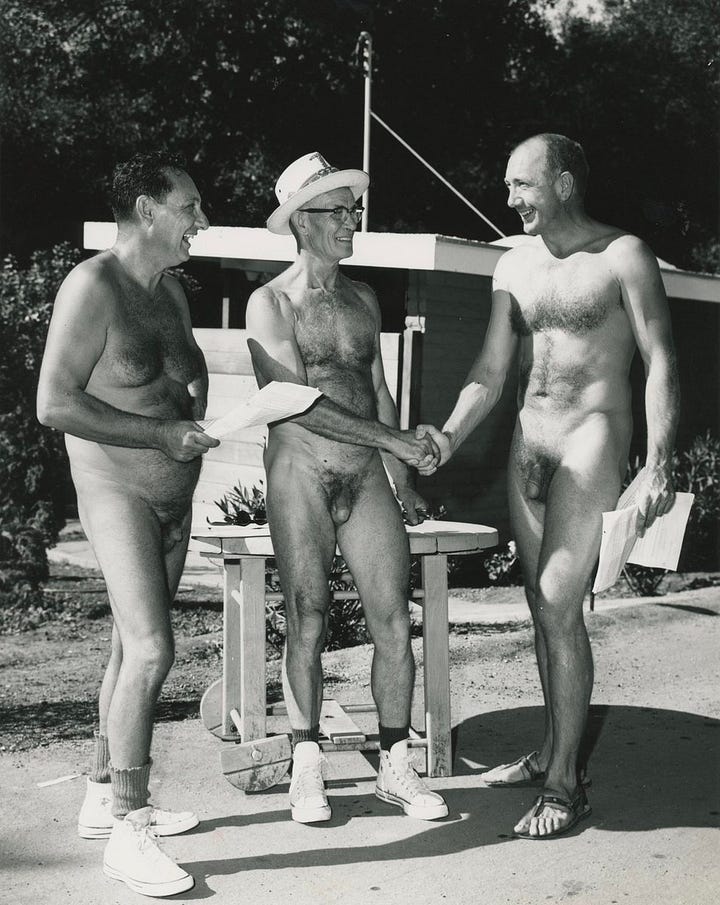
Through the wide array of media produced over the years, Lange not only advocated for nudism as a healthy and legitimate way of life, ultimately he documented the movement like nobody else could.
Elysium Fields
In 1968, Lange took his vision further. He bought seven acres in Topanga Canyon and founded Elysium Fields—a clothing-optional retreat where naturism wasn’t just practiced, it was lived. Elysium became a rare place where people of all ages and body types could be nude without judgment. There were lectures on philosophy, saunas and swimming pools, nude therapy and massage, yoga, and family counseling. It took a traditional approach in some ways, and a more modern, more progressive approach in many others.
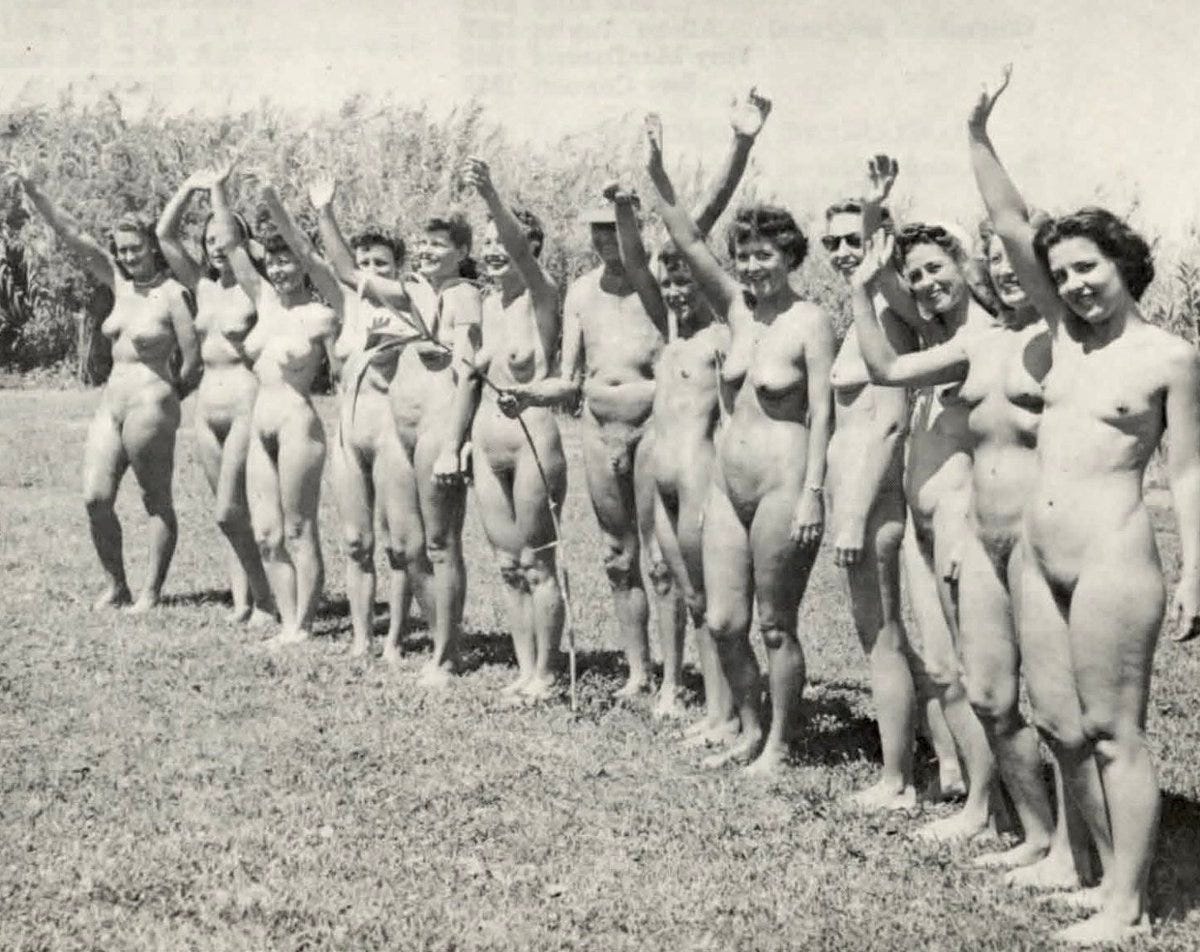
Over the years, he made media appearances, including on popular daytime talk shows like Sally and Donahue. He served as vice president of both the American Sunbathing Association (now AANR) and the International Naturist Federation. In 1980, he helped organize the first national Naturist Society Gathering, held at Elysium, drawing together a coalition of nudist thinkers and activists.
Of course, not everyone welcomed it. Lange spent 25 years in legal battles with Los Angeles county. According to Nude & Natural, Lange spent more than a million dollars in legal defense in “the longest and most expensive zoning case in Los Angeles history.”5
But in 1992, just three years before his death, he won. Elysium Fields was finally granted legal standing as an educational and recreational facility. In doing so, “he challenged and overturned in court the arcane 1939 Anti-nudity Ordinance in Los Angeles, which stated no three people could be seen together if all were naked.”6
Locally, he became a force for progress. He made philanthropic contributions to the Topanga Women’s Club, the Topanga Community Center, the Topanga Philharmonic, and the Will Geer Theatricum Botanicum. In 1995, just months before his death from prostate cancer, Lange was named Topanga’s Citizen of the Year. As author
put it in his 2004 biography, Lange accepted the honor “as vindication for his lifelong vision that social nudism deserved a place in the sun.”7Lange’s legacy
Lange’s photographs are striking not because of what they show, but how they show it. The bodies are ordinary. The scenes are relaxed. There’s no drama—just dignity. That was Lange’s real message: that the naked body didn’t need to be explained, justified, or hidden. It just needed to be seen.
He died of cancer on May 7, 1995. Though hailed as a pioneer by naturist organizations and local advocates, his legacy quickly became complicated. His daughters continued to operate Elysium Fields for a while—but by 2001, it was closed, dismantled, and eventually sold to developers. Many of Lange’s archives were lost or scattered. The Elysium Institute, formed to preserve his work, faded quietly.
And yet, the images remain. Lange’s photography lives on in secondhand bookstores, scattered magazine scans, and the memory of those who lived in his frame. His influence is visible and remembered in spaces where naturism is long-practiced. Especially in California.
Thirty years later, Ed Lange’s vision is still radical. He saw nudity not as a rebellion, but as a return. His work didn’t try to shock; it tried to soothe. It said: you don’t need to hide. You’re already whole. In a culture obsessed with covering, branding, perfecting the body, his message lands with fresh clarity. He saw us clearly. And asked us to do the same. 🪐
Mussell, G. (2004). Ed Lange, 1920–1995: Founder, Elysium Fields. SCNA Hall of Fame. Southern California Naturist Association. [Unpublished internal newsletter; courtesy of American Nudist Research Library].
Rasmussen, C. (1998, July 12). Laying bare the nature of nudism. Los Angeles Times. https://www.latimes.com/archives/la-xpm-1998-jul-12-me-3045-story.html
Russel, R. (1995, May 25). Nudism’s Champion : Obituary: Services remember Elysium Fields’ longtime leader Ed Lange as a devoted advocate who played a key role in helping to change practitioners’ image as social lepers. Los Angeles Times https://www.latimes.com/archives/la-xpm-1995-05-25-we-5681-story.html
(Russel, 1995).
Nude & Natural. (1995). Ed Lange 1920–1995. Nude & Natural: The Naturist Society Magazine, 15(1), 70.
(Mussell, 2004).
(Mussell, 2004).


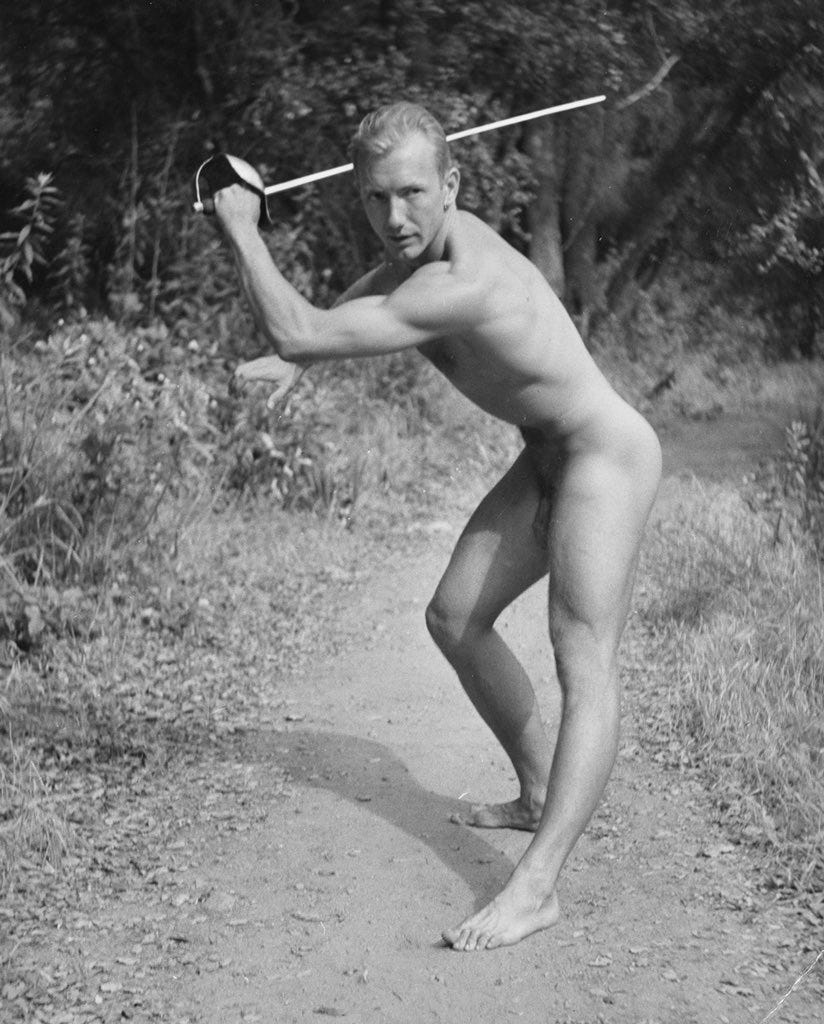
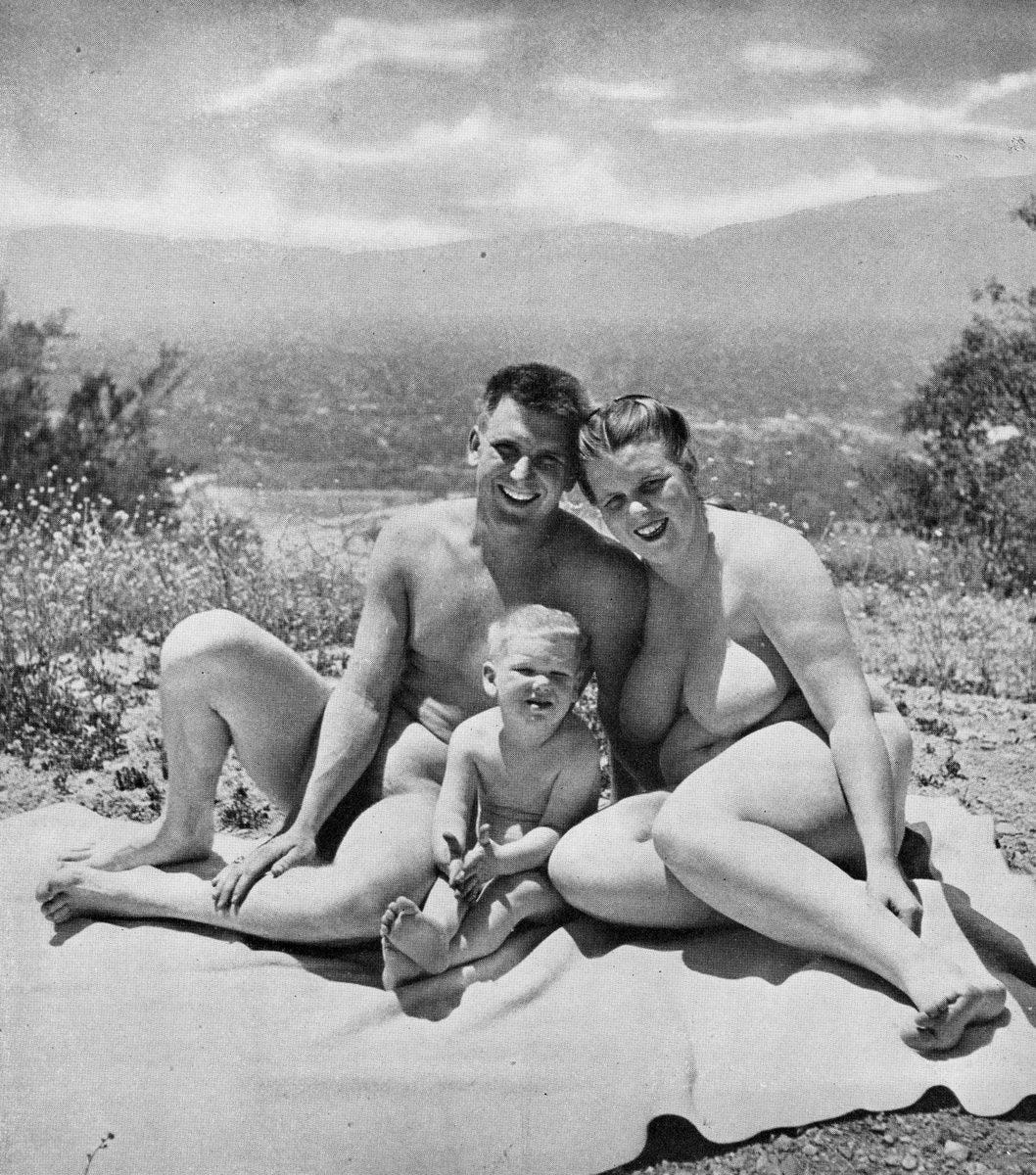

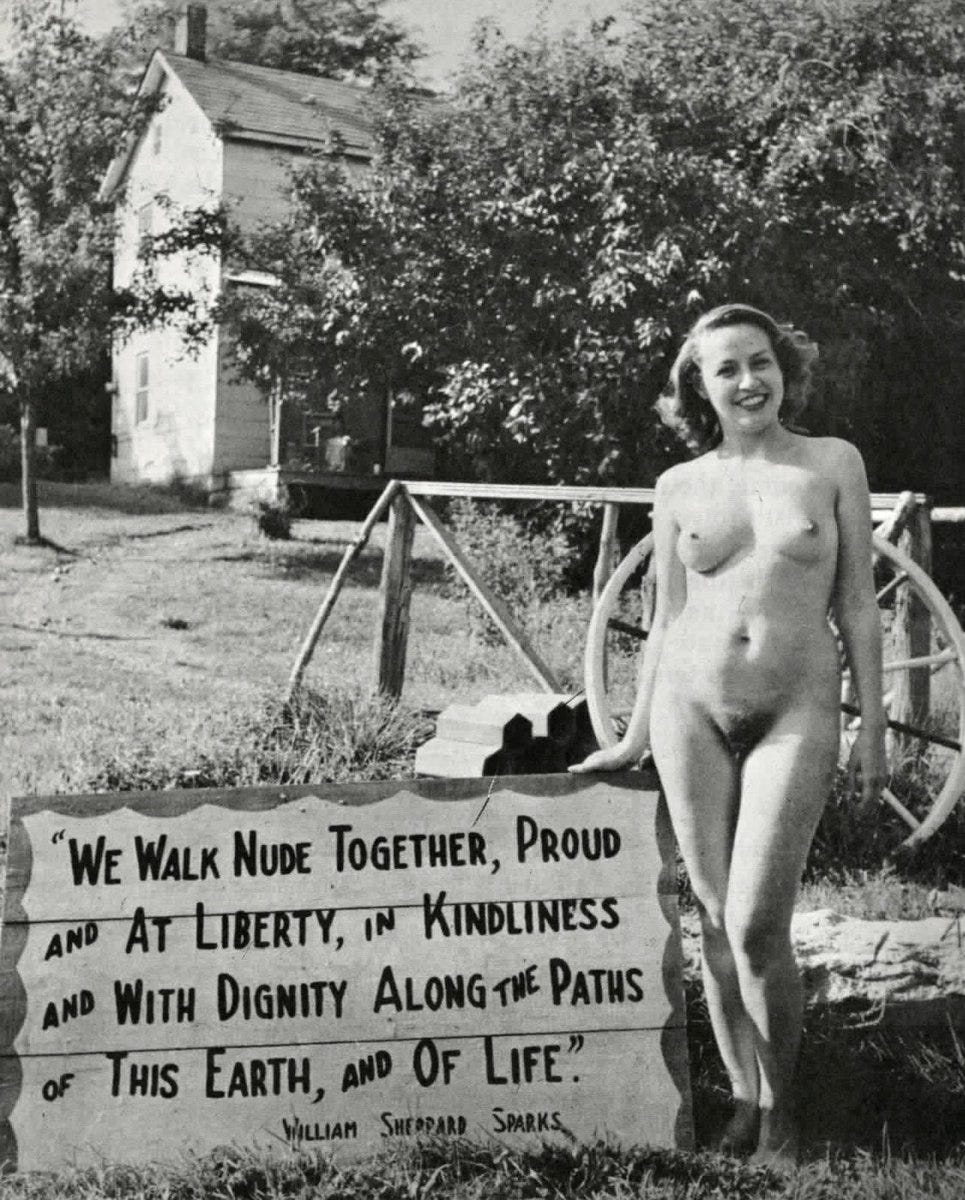
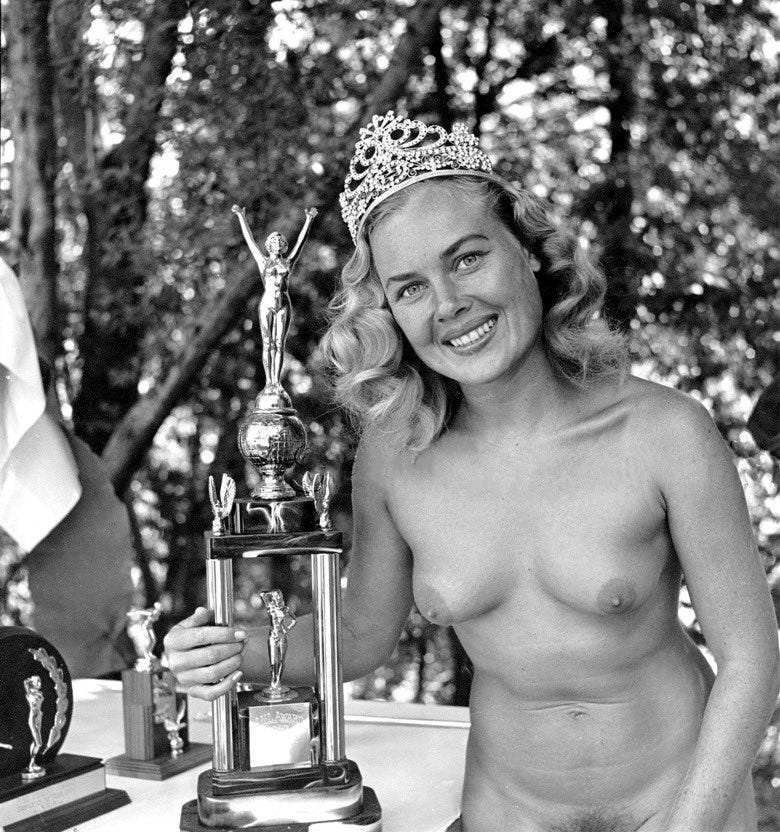


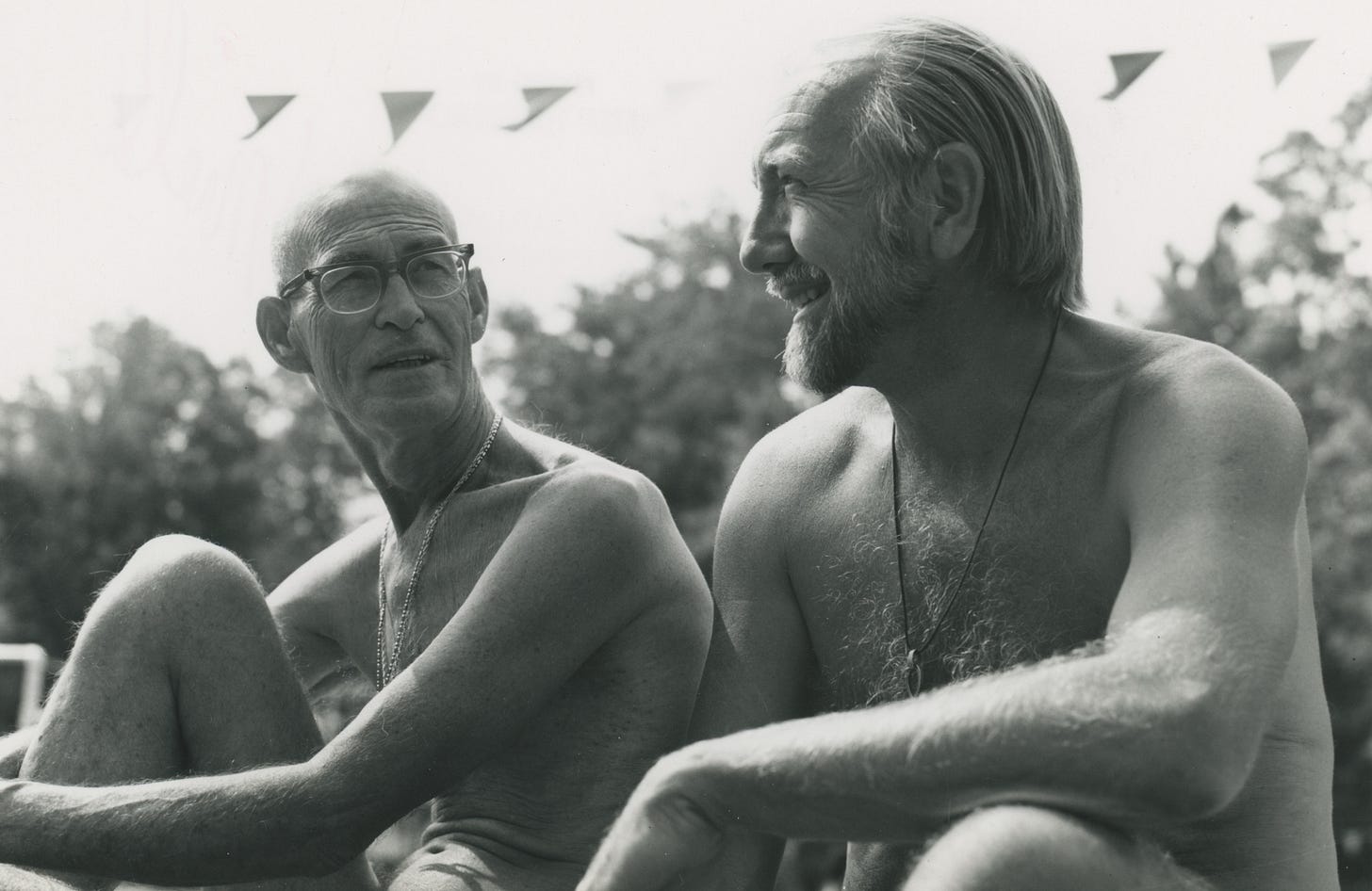
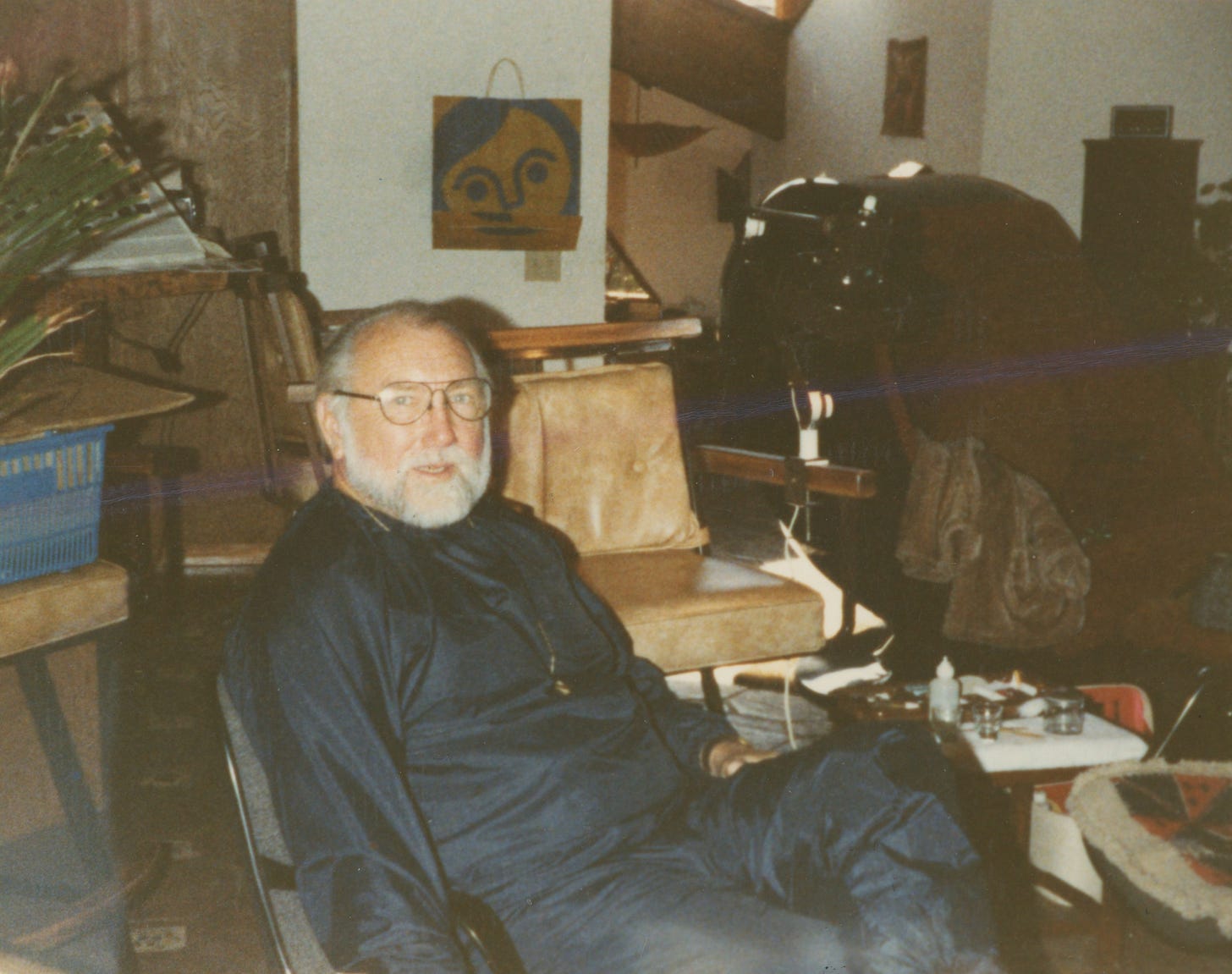

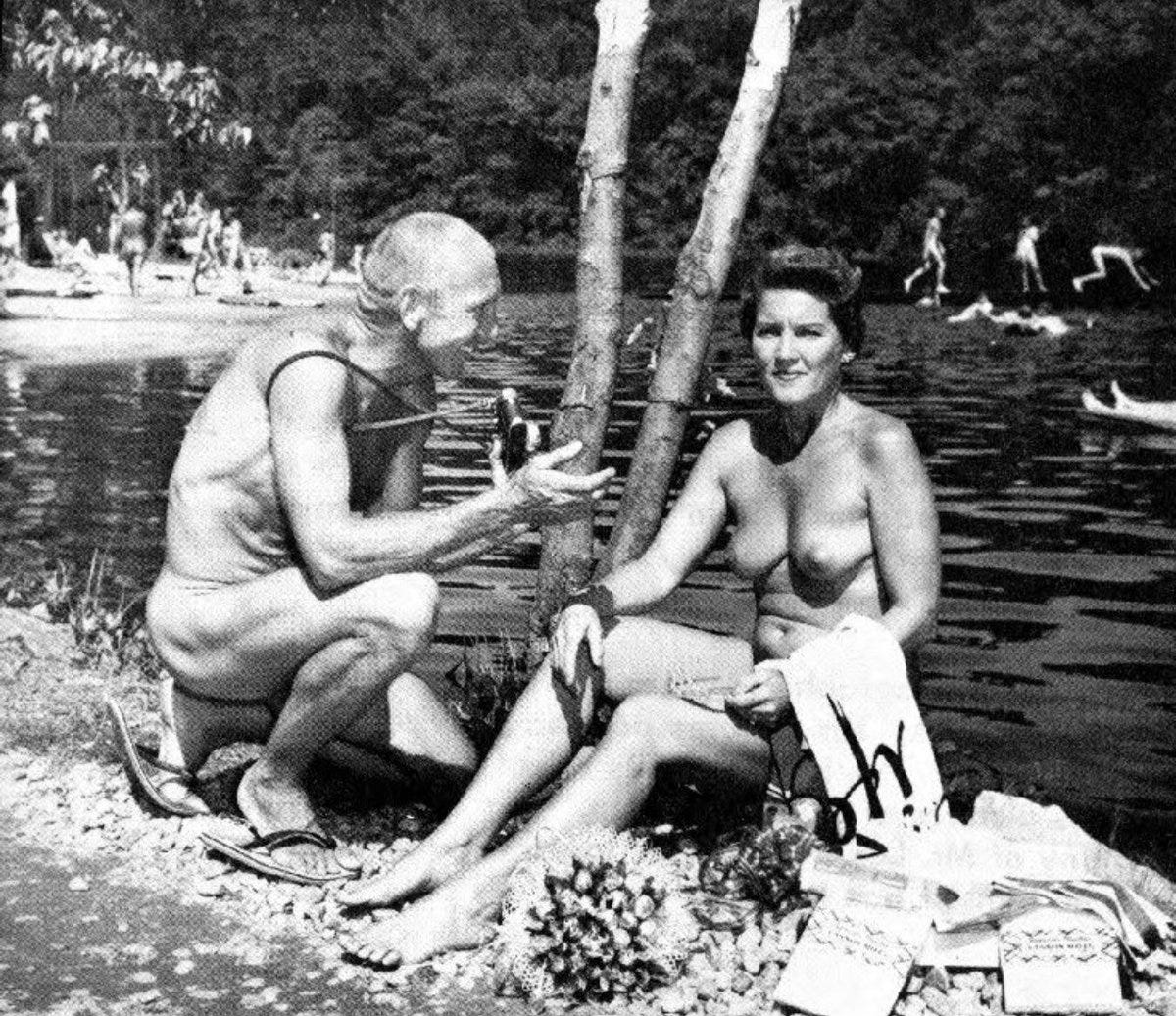

beautiful article. he is missed more than ever in these crazy times we are living in.
A wonderful article. We could use some Ed Langes in today's world.